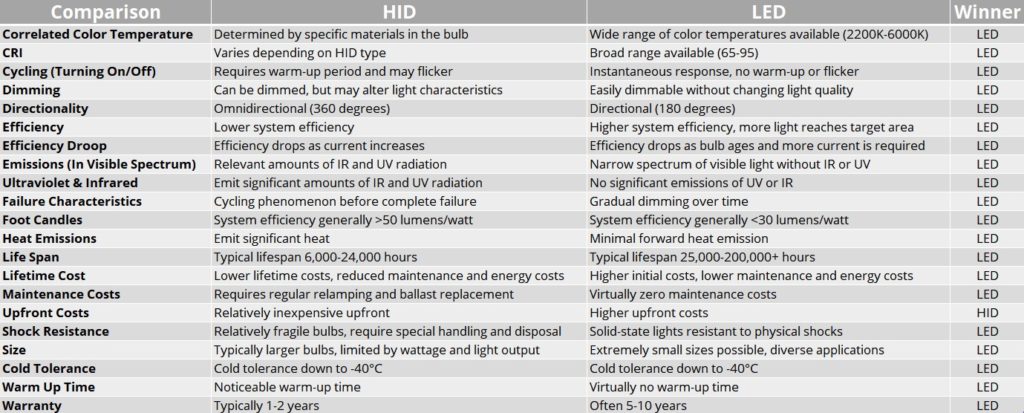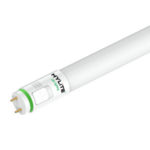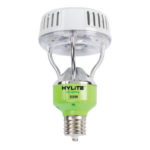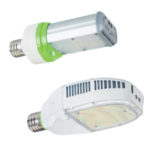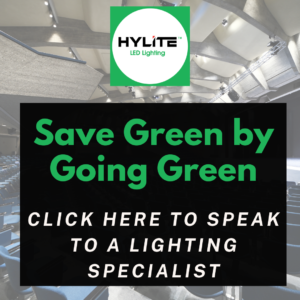Brighter, Better, LED: Overcoming HID Lighting Limitations
What is a Light Emitting Diode (LED):
LED stands for Light Emitting Diode, an electrical device with two electrodes (anode and cathode) that allows electricity to flow in one direction. Made from semiconductive materials like silicon or selenium, LEDs emit visible light when current passes through the semiconductor material. Unlike photovoltaic cells, LEDs emit light themselves.
Advantages of LED Lights:
- Long Lifespan: LEDs last over 100,000 hours, much longer than HID bulbs (10,000-25,000 hours).
- Energy Efficiency: LEDs waste minimal energy as infrared radiation and emit light directionally (over 180 degrees), reducing losses from redirection.
- High Light Quality: LEDs offer excellent color rendering and brightness.
- Low Maintenance Costs: LED lights require minimal maintenance, resulting in cost savings.
- Accessories: LEDs require fewer accessory lamp parts.
- Color: LEDs can generate a full visible light spectrum without traditional color filters.
- Directional: LEDs emit light naturally in a 180-degree pattern.
- Size: LEDs are compact compared to other lights.
- Warm-Up Time: LEDs instantly switch, eliminating warm-up or cool-down periods.
LED lights provide energy efficiency, long lifespan, high light quality, low maintenance costs, and additional benefits such as versatility in color options, compact size, and instant illumination.
What is a High-Intensity Discharge (HID):
HID lights encompass a range of options, including mercury vapor, low and high-pressure sodium, and metal halide lamps. These lights operate by harnessing the power of electrical arcs that pass between tungsten electrodes within the bulb, traveling through ionized gas or plasma contained within.
HID lights spring to life with an ignition mechanism like a voltage pulse or an additional metal component. As the electrical arc engulfs the bulb, it triggers the evaporation of metal salts, boosting luminous power and enhancing lighting efficiency. However, it’s important to note that HID lights exhibit distinctive characteristics and considerations that warrant exploration.
Downside of HID Lights:
Delve into the following key deficiencies associated with HID lighting, shedding light on their limitations and challenges:
- Infrared Energy Waste: Regrettably, HID lights waste a considerable portion (approximately 30%) of their energy as infrared radiation, offering minimal benefit in actual lighting output. While newer HID bulbs have made progress in reducing this inefficiency, it remains an inherent limitation. Worth noting that incandescent and fluorescent bulbs also fall short in terms of infrared radiation versus visible light.
- Lumen Output Deterioration: As HID bulbs age, their lumen output can experience significant deterioration. Some HID bulbs may witness a staggering 70% drop in visible light after a mere 10,000 hours of operation, impacting their long-term performance and reliability.
- UV Radiation Emission: Most HID lighting systems emit significant amounts of ultraviolet (UV) radiation. To counteract this drawback, HID lamps require specialized UV filters to safeguard against fading of dyed materials, degradation of lamp fixtures, and potential harm to humans and animals, such as sunburn or arc eye.
- Omnidirectional Light Disadvantage: HID lights emit light in a 360-degree pattern, rendering them omnidirectional. While this characteristic may have certain applications, it results in inherent system inefficiencies. Redirecting and reflecting at least half of the emitted light to the desired illuminated area incurs losses, reducing overall efficiency. Moreover, accommodating this omnidirectional output necessitates additional accessory components within the light fixture, driving up costs.
By understanding these deficiencies, one gains valuable insights into the challenges posed by HID lighting solutions. Exploring alternative options, such as LED lighting, can help overcome these limitations and embrace more advanced and efficient lighting technologies.

HID Lights Are Becoming Obsolete
HID lights, the seasoned veterans of electrical lighting, encapsulate inert gas within their glass casings, relying on the mystical interplay of tungsten electrodes and ionized gas (plasma) to generate light. While initially efficient in terms of lumens per watt, HID lights exhibit intriguing shortcomings:
- A Fiery Dilemma: HID lights exude a radiant warmth, emitting copious amounts of heat. Moreover, a significant portion of their emissions dances within the infrared (IR) and ultraviolet (UV) spectra, leaving us pondering the fate of wasted energy and potential hazards associated with UV radiation.
- LEDs: Illuminating the Future: In stark contrast, LED lights illuminate our lives across a narrow segment of the visible light spectrum, wisely avoiding the production of futile heat or enigmatic electromagnetic radiation.
Why LEDs Overpower HID Lights
With their mesmerizing efficiency and a trove of advantages, LEDs ascend the throne to challenge and potentially replace HID lights. Explore the reasons behind LEDs’ dominance:
- Source Efficiency vs. System Efficiency: HID lights boast high source efficiency in lumens per watt. However, considering factors like trapped light, protective covers, non-standard operating temperatures, and power conversion losses, their system efficiency is typically limited to around 25% of the source efficiency. In contrast, LED lights achieve a system efficiency closer to 50% of their source efficiency, resulting in more effective lighting solutions.
- Inherent Problems with HID: HID lights come with several potential challenges. These include frequent maintenance and replacement costs, as HID bulbs have shorter lifespans compared to LEDs. Moreover, hazardous waste, such as internal mercury, and the emission of dangerous UV radiation in case of bulb breakage or casing failure pose risks. Additional inconveniences include warm-up times, limited dimming capabilities, and typically shorter warranty coverage.
- Affordability Tradeoffs: Although HID lights may have a lower initial purchase price, LEDs compensate for their higher upfront cost with reduced maintenance and energy expenses over a specific payback period. Notably, while cost-effective, low and high-pressure sodium bulbs suffer from the monochromatic yellow light output with poor Color Rendering Index, limiting their ability to render colors accurately.
LEDs emerge as the winner in the HID vs. LED comparison in several key aspects. LEDs offer a wider range of color temperatures, have better color rendering index (CRI) options, and provide an instant response without warm-up time or flickering. They are also easily dimmable and emit light directionally. LED lights are highly efficient and have a longer lifespan, lower maintenance, and lifetime costs. They emit minimal heat, while HID lights generate significant heat. LEDs are more resistant to shocks and come in various sizes. They tolerate cold temperatures better and have shorter warm-up times.
Additionally, LEDs often come with longer warranty periods. Overall, LEDs outperform HID lights in most categories, making them the preferred choice in lighting applications.
Get The Right Product
If you want to upgrade your lighting system and harness the numerous advantages of LED technology, we encourage you to contact HyLite LED Lighting. Our team of experts can provide personalized guidance and support to help you switch to energy-efficient, long-lasting LED lighting solutions. Say goodbye to the limitations and inefficiencies of HID lights and embrace the future of illumination with HyLite LED Lighting.
Contact us today to explore the possibilities and experience the benefits of LED technology for yourself.



